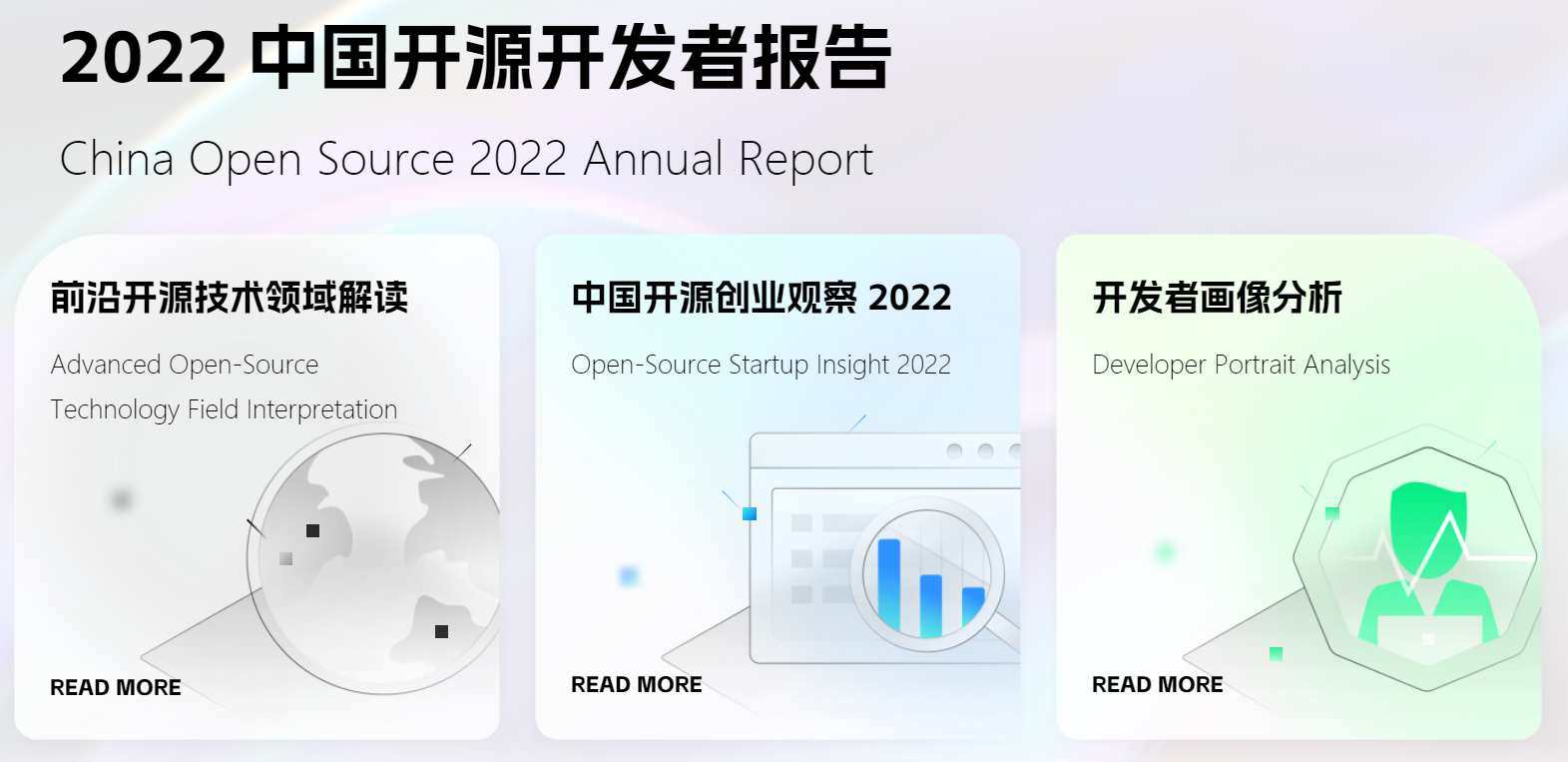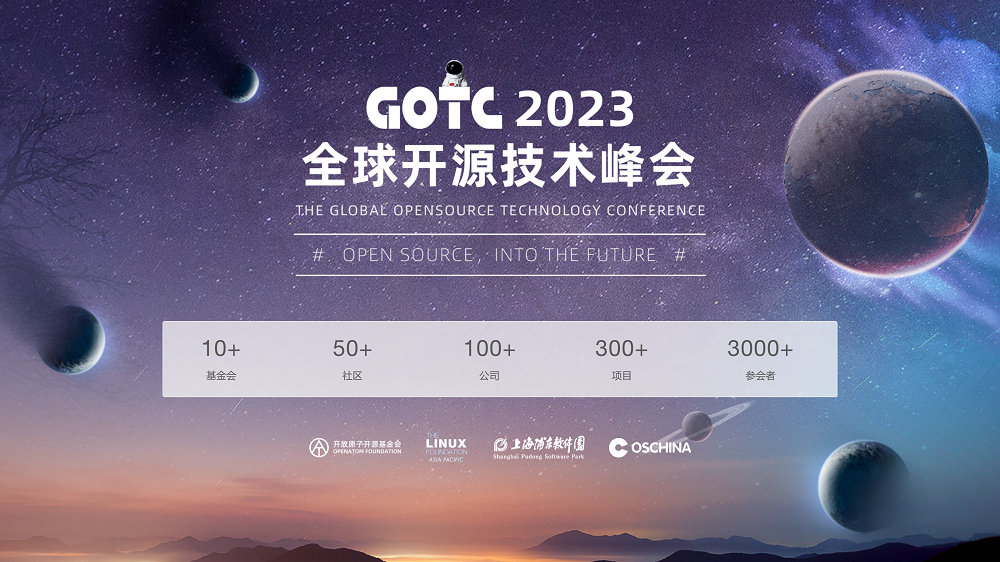Low-code, WebAssembly, applets, cross-end, PWA, Flutter, Dart, RN, Vue, Angular… These technologies are becoming more and more popular. The development of IT technology is changing rapidly, especially in the front-end field. The choice of frameworks, libraries, and tools is getting wider and wider. The popular framework this year may be replaced by another next year. Nevertheless, we still have to try to summarize the development of the big front-end field in 2022, in order to catch something. The following views come from the “2022 China Open Source Developers Report”.

JavaScript Container
Ninety, a senior technical expert at Taobao, believes that in the past 10 to 20 years, the way of running Javascript on the server side has always existed, such as Node.js, ASP and so on. However, in recent years, this technical solution of running the standard Web API specification on the server to realize the isomorphism of JavaScript Workload on the cloud side has been refined into a new concept – JavaScript Container or W3C Web-interoperable Runtime’s online Runtime. At present, many manufacturers are involved, such as Alibaba and Byte in China, and Cloudflare, Shopify, and Vercel overseas.
In terms of standards and specific implementations, JavaScript Containers have made considerable progress. Currently there is W3C WinterCG to carry out some standard collaboration, which is basically some extensions based on the Service Worker API. There are also many implementations that meet this standard, such as Cloudflare Workers, EdgeRoutine, Deno, Noslate Workers, etc. Node.js is also continuously tracking this standard. On the other hand, the upper-level R&D frameworks such as Next.js 13 and Midway have also begun to be compatible with this standard operating environment.
WebAssembly
Michael Yuan, founder of Second State and maintainer of CNCF WasmEdge, believes that 2022 will be the year when the cloud-native WebAssembly (Wasm) toolchain will gradually mature, and it will also be the year when Wasm’s cloud-native applications will gradually become mainstream. On the browser side, W3C released the first draft of WebAssembly Core Specification 2.0, discussing Core Specification, JavaScript Interface, and Web API, pointing out the direction for its application in browsers.
In addition, Wasm unlocks and enriches several important cloud-native application scenarios:
In terms of microservices, Wasm provides a lightweight, secure, and high-performance operating environment. For example, wasmCloud has partnered with Adobe to deploy secure Wasm-based microservices; WasmEdge-based microservices can also directly use hundreds of services integrated by Dapr.
In terms of data flow functions, as a lightweight and embeddable runtime, Wasm has landing application scenarios in database UDF and data flow ETL. For example, SingleStore and Nebula Graph use Wasm to execute UDF in the database; InfinyOn and Redpanda use Wasm to process data in real-time data streams.
In terms of PaaS serverless functions, Wasm is very suitable for executing lightweight serverless functions that require fast cold start and expansion. Fermyon, Cosmonic, and Fastly have all launched serverless platforms similar to AWS Lambda based on Wasm.
In terms of SaaS serverless functions, Wasm can empower SaaS platforms to support user-uploaded code. These codes are triggered by SaaS events to replace complex, slow and hard-to-use webhook APIs. Suborbital launched a framework for building SaaS extensions based on Wasm. And Flows.network is a tool to connect SaaS with Wasm serverless functions.
WEB
GPU
Ling Huabin, Technical Director of Cocos Engine, believes that the Web has always been the most open and easy-to-spread platform, and today digital content such as games and metaverses rely heavily on various features of the Web platform, but the Web environment has not kept up with DirectX12, Vulkan, Metal, etc. A revolution in modern graphical interfaces. This status quo is about to change with the gradual improvement of the WebGPU standard. This opens up very exciting future possibilities on the web.
WebGPU is a specification published by the W3C GPU for the Web community group, with the goal of allowing webpage code to access GPU functionality in a high-performance, secure and reliable manner. WebGPU is a set of next-generation graphics API standards designed for browsers. In order to bridge the differences in graphics APIs of various platforms, it integrates and encapsulates DirectX12, Vulkan, and Metal. With the help of WebGPU, the powerful capabilities of modern GPU hardware can be fully released, allowing developers to use TS/JS to develop scenes comparable to native expressiveness on the Web side, to achieve larger and more complex 3D scene performance, and even use modern GPUs for general computing The ability to perform previously unimaginable complex computing tasks.
architectural pattern
Huang Fengda (Phodal), the author of “Front-End Architecture: From Entry to Micro-Frontend” and Thoughtworks technical expert, said that compared with many years ago, the micro-frontend and micro-frontend-like models have become more flexible and changeable. There are currently four main modes:
Microkernel mode, that is, fat vendor + plug-in thin components.
The standard micro front-end model is based on a customized base to make each application and component completely independent.
Hybrid mode, which is between microkernel and microservice mode, such as semi-embedded microkernel mode.
Component-free patterns, such as building a rich set of components based on Web Components and Islands architectural patterns.
In addition, architectural patterns such as SDUI and Islands are becoming the choice of more and more developers. Under the SDUI architecture, the data (JSON) returned by the server will include page component information, layout, data type, etc., and the front end will render the UI based on this information. Schema-wise, it’s very similar to the low-code patterns we build today, around the generated JSON to generate information for components, etc. In contrast, only the output results and process data are slightly different. The Islands architecture encourages the use of small, focused chunks of interaction in server-rendered web pages. The output of Islands is progressively enhanced HTML that more specifically describes how the enhancement occurred. These two modes rely on servers for dynamic generation, and there is also a dynamic generation mode that relies on CDN.
So, what else can we see besides the ones mentioned above?
From May 27th to 28th, 2023, the GOTC 2023 “New Trends in Big Front-End” sub-forum will invite companies and experts with in-depth research in the field of big front-ends at home and abroad to focus on open-source related technologies and practical experience in the frontier of big front-ends, so as to make technology more Serve the industry well.

Global Open-source Technology Conference (GOTC for short), is organized by
Co-sponsored by Open Atom Open Source Foundation, Linux Foundation Asia Pacific, Shanghai Pudong Software Park and Open Source China
, a grand open source technology feast for developers around the world. From May 27th to 28th, GOTC 2023 will hold a two-day open source industry event in Shanghai. It will be presented in the form of industry exhibitions, keynote speeches, special forums, and sub-forums. Participants will discuss metaverse, 3D and games together , eBPF, Web3.0, blockchain and other popular technical topics, as well as hot topics such as open source community, AIGC, automotive software, open source commercialization, open source education and training, cloud native, etc., to discuss the future of open source and help open source development.
The registration channel is now open.We sincerely invite open source enthusiasts in various technical fields around the world to join in this grand event! To register for the conference, please visit:
https://www.bagevent.com/event/8387611
#big #frontend #summary #grasp #Personal #space #News Fast Delivery #editorial #department #News Fast Delivery